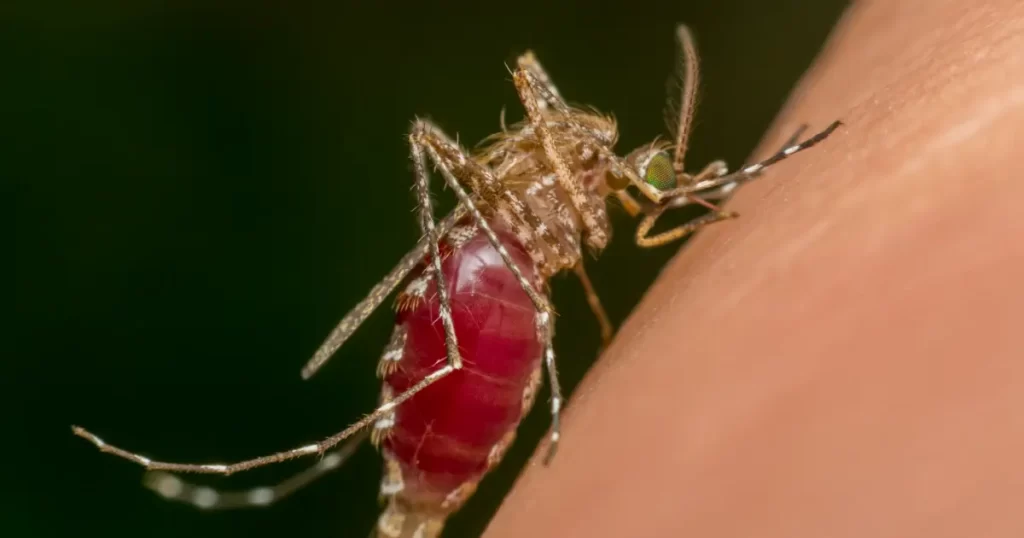Two new observational studies highlight the outsized burden of cancer associated with human papillomavirus (HPV) among both male and female Appalachians and older women in China.
16% higher HPV-related cancer rate in Appalachia
For the first study, published this week in JAMA Network Open, University of Kentucky investigators mined the US Cancer Statistics Incidence Analytic Database.
The goal was to estimate the incidence and trends in HPV-related cancers in the Appalachian region of the United States (central and southern sections of the Appalachian Mountains in the East) and nationally from 2004 to 2021. Such cancers include squamous cell cancers of the oropharynx, anus, vulva, vagina, and penis, as well as cervical cancer.
These findings highlight the need for targeted efforts to improve HPV vaccine uptake and encourage adherence to evidence-based screening guidelines for HPV-associated cancers in Appalachia.
“Poor socioeconomic conditions and corresponding health disparities have historically characterized the Appalachian region of the US,” the study authors wrote. “Low uptake of the human papillomavirus (HPV) vaccine and high rates of cervical cancer have been observed in the region; however, a comprehensive assessment of HPV-associated cancer in Appalachia has not been performed.”
From 2017 to 2021, 23,649 new cases of HPV-associated cancer—with 54.7% of them in women—were diagnosed among Appalachian residents (14.3 cases per 100,000 people), 16% higher than among other US residents (12.4 per 100,000; incidence rate ratio [IRR], 1.16). Except for vaginal cancer and male anal cancer, rates of cancers at all other sites were higher among Appalachians, with the greatest disparity in vulvar cancer (IRR, 1.44, or 44% higher).
From 2004 to 2021, HPV-related cancer rates also rose significantly faster in Appalachia than elsewhere in the country (average annual percentage change, 1.3% vs 0.7% per year), with the most pronounced trend difference in penile cancer (2.1% faster in Appalachia). The highest rates of HPV-linked cancer per 100,000 people were noted in north central and central Appalachia (both 16.9).
The cancers occurred most often in females (54.7%), White people (91.5%), and those living in metropolitan counties (63.3%). Cervical cancer was the most common diagnosis in females (40.7%), while oropharyngeal cancer was most common in males (82.7%).
The reasons for the disparities may include lower adherence to cervical cancer screening guidelines and higher rates of smoking and high-risk sexual behaviors in Appalachia.
“These findings highlight the need for targeted efforts to improve HPV vaccine uptake and encourage adherence to evidence-based screening guidelines for HPV-associated cancers in Appalachia,” the researchers concluded.
Older women still at risk
The second study, published this week in Gynecology and Obstetrics Clinical Medicine, involved 2.2 million women 65 years and older in China.
The researchers analyzed cervical cancer screening data from Shenzhen, China, from 2017 to 2023 to determine the distribution of high-risk HPV, the prevalence of cervical cancer of grade 2 or higher (CIN2+), and the link between the two in older women and in those younger than 65 years. CIN2+ is the presence of moderately abnormal cells in the cervical lining; it may resolve on its own or progress to more serious abnormalities or cervical cancer without treatment.
These data indicate that women ≥65 are a high-risk group for cervical cancer incidence and mortality, necessitating urgent attention from countries worldwide.
The average patient age was 40 years, roughly 2% had been vaccinated against HPV, and 1% were aged 65 and older.
Although most clinical guidelines recommend stopping cervical-cancer screening in women aged 65 and older who always had normal pap smear results, the authors noted rising global cases in this age-group. In 2022 alone, 157,182 new cases and 124,269 deaths occurred among older women, according to the World Health Organization.
The vast majority of women (92%) tested negative for high-risk HPV genotypes, while about 2% tested positive for HPV16/18, and just under 6% were infected with other genotypes. Older women were more likely than their younger counterparts (23% vs 16.5%) to be infected with several types of HPV and to have abnormalities detected on screening (7% vs 4%).
Likewise, the proportion of CIN2+ abnormalities picked up during colposcopy (examination of the cervix, vagina, and vulva) was higher in the older age-group (14% vs 9%). In addition, CIN2+ detection was substantially lower in the older women than in the younger age-group (58 vs 3,320). And cancer was detected in older women at a much lower rate than in their younger peers.
But single, double, and triple high-risk HPV infections were more common among older women, at about 10.5%, 2.5%, and 0.5%, respectively, with related CIN2+ rates of 2%, 3%, and 4%, respectively. The more high-risk HPV infections, the greater the risk of CIN2+ in older women (56, 66, and 85.5 times higher for single, double, and three or more infections, respectively). After accounting for potential confounding factors, these risks were higher in younger women.
Risk factors for high-risk HPV infection among older women may include waning immunity and postmenopausal hormone changes, the researchers said.
“These data indicate that women ≥65 are a high-risk group for cervical cancer incidence and mortality, necessitating urgent attention from countries worldwide,” they wrote. “Most guidelines suggest stopping screening for those with adequate primary screening and no high-risk factors, particularly for women under 65. However, the situation differs for those ≥65, who may not have been vaccinated or thoroughly screened.”













